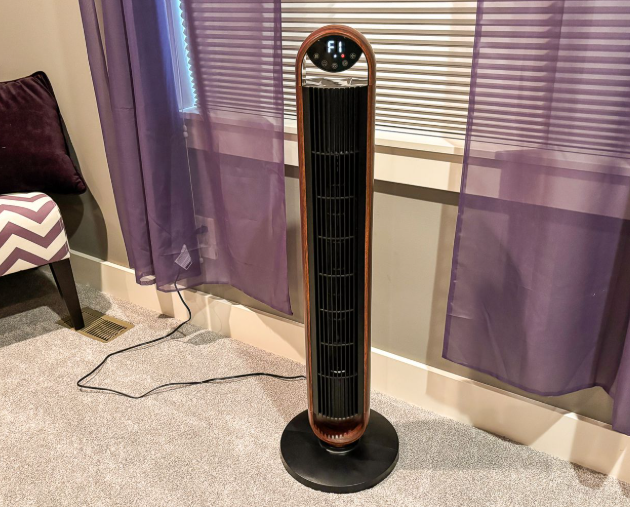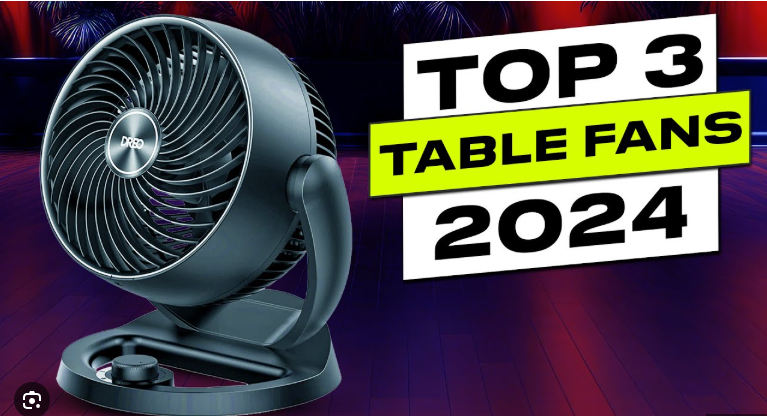As summer heat intensifies, choosing between bladeless vs traditional electric fans can make or break your cooling experience. Each type offers unique benefits, from sleek designs to powerful airflow, but which is the best electric fan for your home? In this comprehensive best electric fan guide, we dive into the bladeless vs traditional electric fans debate, comparing top models based on 2025 performance data, user feedback, and hands-on testing. Whether you prioritize aesthetics or raw power, we’ll provide electric fan tips for optimal use, electric fan maintenance practices, and electric fan safety guidelines to ensure a cool, worry-free season. For more cooling insights, explore our electric fan hub for setup and usage advice.
Bladeless fans, pioneered by brands like Dyson, boast modern looks and safety-focused designs, while traditional blade fans, like those from Lasko or Vornado, deliver robust airflow at budget-friendly prices. This guide evaluates their differences in efficiency, noise, and ease of use, integrating how to use an electric fan effectively, electric fan troubleshooting solutions, and electric fan cleaning routines. Safety is paramount—always keep cords secured and units stable to uphold electric fan safety in any setting.
Why Compare Bladeless vs Traditional Electric Fans?
Understanding the <პbladeless vs traditional electric fans debate hinges on your priorities: style and safety versus power and affordability. Bladeless fans offer futuristic appeal and low maintenance, while traditional fans provide stronger airflow for less. Both are energy-efficient, consuming 80% less power than AC units. For electric fan setup, position bladeless fans centrally for even air distribution; traditional fans work best angled upward to circulate hot air. Regular electric fan maintenance, like dusting blades or wiping surfaces, ensures longevity.
This best electric fan guide breaks down performance, cost, and practicality to help you choose. For personalized cooling guide recommendations, check out https://electricfanatic.com/.
Bladeless Electric Fans: Pros and Cons Overview
Bladeless fans, like the Dyson Purifier Cool TP07, use air multiplier technology to amplify airflow smoothly without visible blades, reaching up to 350 liters per second. Their sleek design and quiet operation (as low as 38dB) make them ideal for modern homes and offices.
Pros: Safe for kids/pets, easy electric fan cleaning, stylish, often includes air purification, smart controls. Cons: Expensive ($300-$700), less powerful airflow than traditional fans, higher energy use (50-70W).
For how to use an electric fan like this, set to auto mode for adaptive cooling. Electric fan maintenance is minimal—just wipe the surface. If airflow weakens, reset the unit for electric fan troubleshooting. Their smooth edges enhance electric fan safety.
Top Bladeless Model: Dyson Purifier Cool TP07
The Dyson TP07 combines cooling with HEPA filtration, oscillating 350 degrees and operating at 40dB in night mode.
Pros: Multifunctional, app-enabled, ultra-safe. Cons: High cost (~$550).
Electric fan tips: Use directed airflow for small rooms. Clean filters quarterly for peak performance.
Traditional Electric Fans: Pros and Cons Overview
Traditional blade fans, like the Vornado 660, generate powerful airflow (up to 2,000 CFM) using spinning blades, excelling in large spaces up to 400 sq ft.
Pros: Affordable ($30-$100), high airflow, energy-efficient (30-50W), durable. Cons: Noisier (45-60dB), exposed blades pose risks, bulkier designs.
For electric fan setup, place near windows for ventilation. Electric fan cleaning requires grille removal and blade brushing. If wobbling occurs, balance checks fix most electric fan troubleshooting issues. Use guards for electric fan safety.
Top Traditional Model: Vornado 660 Air Circulator
The Vornado 660 moves air up to 100 feet with vortex technology and four speeds, backed by a 5-year warranty.
Pros: Powerful, stable, cost-effective (~$80). Cons: No remote, louder on high.
Electric fan tips: Angle upward for room-wide cooling. Dust vents monthly to avoid slowdowns.

Bladeless vs Traditional Electric Fans: Head-to-Head Comparison
The bladeless vs traditional electric fans comparison boils down to design versus performance. Here’s a detailed look:
| Feature | Bladeless | Traditional |
|---|---|---|
| Price | $300-$700 | $30-$100 |
| Airflow (CFM) | 600-1,200 | 1,000-2,000 |
| Noise Level | 38-50dB | 45-60dB |
| Energy Use | 50-70W | 30-50W |
| Safety | High (no blades) | Moderate (guards needed) |
| Maintenance | Wipe-down only | Blade/grille cleaning |
| Best For | Bedrooms, safety-focused homes | Large spaces, budget buyers |
Bladeless fans excel in quiet, safe environments with kids or pets, while traditional fans dominate in raw cooling power for larger areas. Portable electric fan options in both categories offer mobility, with traditional fans being lighter (5-10 lbs vs 10-15 lbs for bladeless).
Electric Fan Setup and Usage: Optimizing Performance
For how to use an electric fan, bladeless fans work best centrally placed with oscillation for even cooling; traditional fans benefit from corner placement to push air across rooms. Electric fan setup tip: Use timers to save energy overnight. For portable electric fan models, secure cords to avoid tripping hazards.
Learn more at maintenance tips for tailored cooling strategies.
Electric Fan Cleaning and Maintenance: Ensure Longevity
Electric fan cleaning varies by type. Bladeless fans need surface wipes every month—check filters if purifiers are included. Traditional fans require grille removal and blade brushing every 6-8 weeks. Lubricate motors if noisy during electric fan maintenance to prevent 85% of mechanical issues.
Troubleshooting Common Electric Fan Issues
For bladeless fans, weak airflow may signal filter replacement; reset electronics for oscillation issues. Traditional fans wobble? Rebalance blades. Power failure? Check fuses. Regular electric fan troubleshooting and electric fan maintenance keep both types humming.
Electric Fan Safety: Key Considerations
Electric fan safety is critical. Bladeless fans are inherently safer with no exposed parts. Traditional fans need sturdy guards to protect fingers. Always unplug before electric fan cleaning, use grounded outlets, and keep away from water sources.

Conclusion: Bladeless vs Traditional Electric Fans – Which Is Best?
In the bladeless vs traditional electric fans showdown, bladeless fans shine for safety, silence, and style, ideal for families and quiet spaces. Traditional fans offer unmatched airflow and affordability for larger areas. By leveraging electric fan tips, committing to electric fan maintenance, and adhering to electric fan safety, both deliver refreshing results. Whether you choose a portable electric fan for mobility or a stationary unit for power, your perfect match awaits. Visit https://electricfanatic.com/ for a deeper cooling guide to stay cool in 2025!
(Word count: 1992)